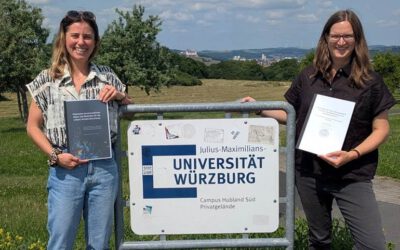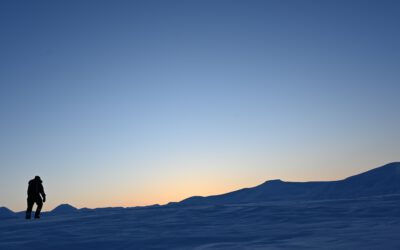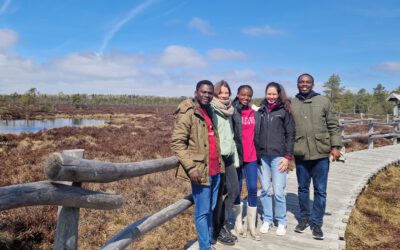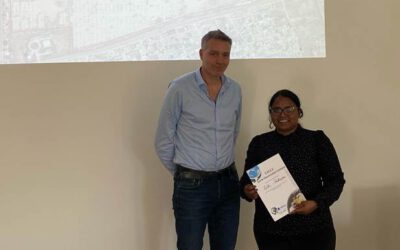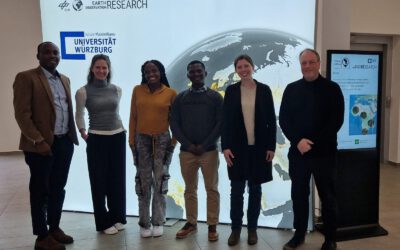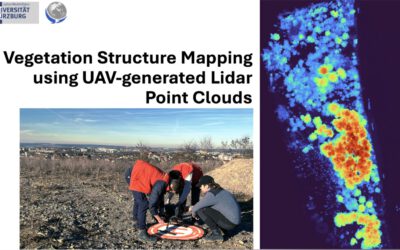How do animals move through the environment they live in? Which behavioural patterns can be observed when tracking an animals’ movements for weeks, months or even years? Which spaces do they utilize and why? And how can remote sensing be used to predict the space utilization of animals, model and analyse their habitats and thereby in the end better understand their ecology?
These and other questions related to the interaction of animals with the environment were addressed in a one-week EAGLE MSc block course on “Animal movement and Earth observation”. Starting with an introduction into Movement Ecology and its interfaces to Spatial Data Sciences and Earth Observation, the course placed its primary focus on working with a special type of spatial data: movement trajectories.
For this, the participating students learned, how to acquire, handle and visualize animal movement trajectory data. In addition, they were introduced to common challenges of animal movement tracking, such as location errors, irregular discrete sampling rates, autocorrelation and scale effects. On this foundation, they were guided through practically working on movement data with R, while being step-by-step introduced to different methodological approaches for analysing animal movement data, such as segmentation using different geometric measures, autocorrelation estimation for behavioural analyses, space use and range estimations etc.. This enabled them to eventually analyse animal movement data jointly with remote sensing data so they could estimate utilization distributions and model resource selection based on environmental predictors.
Later in the week, the participating students selected research topics and research questions of their own interest which they would try to find answer for by using animal movement and remote sensing data and independently applying methods, metrics and modelling techniques they had learned.
For example, one group investigated the Azores Great Whale Movement, asking whether there is an identifiable difference in movement patterns between individuals of different whale species near the Azores and whether correlations with environmental parameters could be found. For this, they compared the behaviours of two whales, one fin whale and one blue whale, and found metrics usable to separate migration behaviour from area restricted search, a behaviour indicating foraging activity.

Another group conducted research on Feral Horses in South Wyoming, taking an interest in which habitats are populated by Feral Horses and which environmental conditions impact animal movement behaviour. For this, they analysed the Horses’ utilization distributions and found several no-go-areas that showed to be less accessible to the horses then their preferred range.

A third group compared the movements of Jaguars to answer the question whether there is an observable difference in territories between male and female individuals. For this, they compared the individuals’ space uses over time and found differences in the absolute amount of used area and extents of their territories.
For their analyses, the participating students used animal movement data openly shared by the research community via Movebank, a platform for publishing, sharing and visualizing movement tracking data. Many thanks to Silva et a. (2013), Hening et al. (2022) and Morato et al. (2018) for openly sharing their tracking data and to the students for their dedication!
The course “Animal Movement and Earth Observation” is lectured by Jakob Schwalb-Willmann within EAGLE, the Master programme at the Earth Observation Research Hub of the University of Würzburg.
References



